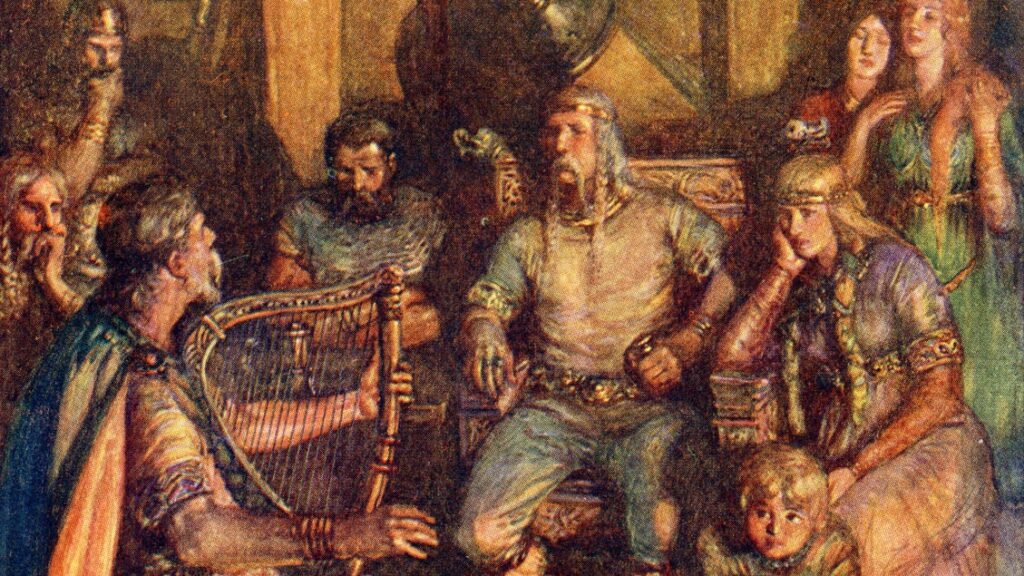The Celts were part of the Indo-European group of people. Their tribes and groups ranged from the British Isles and northern Spain to as far east as Transylvania, the Black Sea coasts, Anatolia and were partly absorbed into the Roman Empire as Britons, Gauls, Boii, Galatians, and Celtiberians. Linguistically they survive in the modern day Ireland, Highland Scotland, the Isle of Man, Wales, and Brittany.

FIRST CELTS IN THE BALKANS
In 335 BC, during the movement of the Celts into the Balkans, Alexander the Great received delegations from Celts residing near the Adriatic. Later, in 279 BC, the Celts, having made their mark in the region, sacked Delphi in Greece but suffered a defeat at the hands of the Greeks. This marks the first historical mention of the Celts in the Balkans, suggesting their arrival at the beginning of the fourth century BC. Subsequently, they were active participants, either as allies of the Macedonian kings or in raids on Macedonia and Greece.
Gallic groups began a movement into the Balkans from the 4th century BC. From their new bases in northern Illyria and Pannonia, the Gallic invasions climaxed in the early 3rd century BC, with the invasion of Greece. A part of the invading Celts crossed over to Anatolia and eventually settled in the area that came to be named after them – Galatia.
Brennus was one of the Celtic leaders of the Gallic invasion of the Balkans. He managed to reach as far south as Delphi in an attempt to loot the rich treasury of the sanctuary of Apollo. His army suffered a devastating defeat at Delphi. He received heavy injured during the battle and committed suicide there. His army, forced to retreat under the attacks of the Greeks. The other two divisions were led by Cerethrius and Bolgios against the Thracians and Triballi. As their invasion failed, Celts started moving towards the Western Europe.
LEGENDARY GOLD OF TOLOSA
Part of the tribes went to Anatolia and the other moved to west. The legend says that those who went to West took so much golden treasures. The stolen gold was thought to have been buried in the town of Tolosa (France). As Roman State started to spread towards France, it eventually reached the Celts. Romans heard about this legend and spent many years actively searching for the gold of Tolosa.
However no one found the gold of Tolosa. Servilli Caepiones is suspect in taking the gold in secret which led him to become immensely wealthy. His heirs also suffered from unlucky ends, creating the legend of the cursed gold. A Latin proverb Aurum habet Tolosanum (He has got the gold of Tolosa) was even formed as a result.
The Celts that settled in Serbia were of Scordisci tribe. They lived around the lower reaches of the Morava river and around the Sava and Danube rivers. The Romans often went to war against them and Lucius Cornelius Scipio Asiaticus finally defeated them and banished them to Pannonia.

Ancient writers do not provide information about the religion of the Celts in Serbia or the Balkans. Ammianus Marcellinus says in one place that the Celts offered captives as human sacrifices to the god Mars. Of course, we do not know the real Celtic name of this deity. The cult of Epona, the horse goddess, remains of the cult were found in Ptuj. A temple dedicated to Celtic Matera is also there. The cult of Celtic deities disappeared in the Balkans at the end of the third century BC.

SUPPORT
You like our content? Consider following us on our social media platforms here for more updates on our content!
